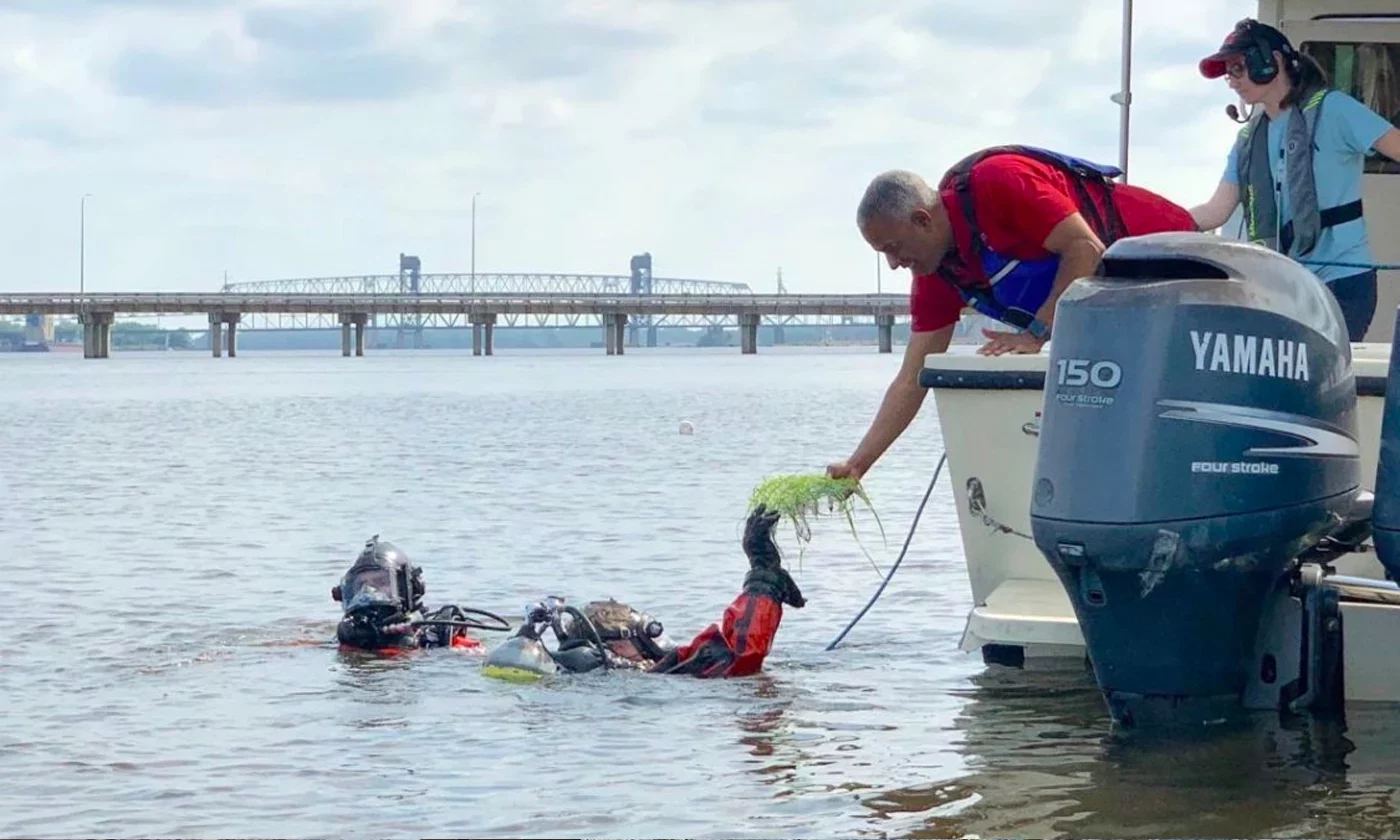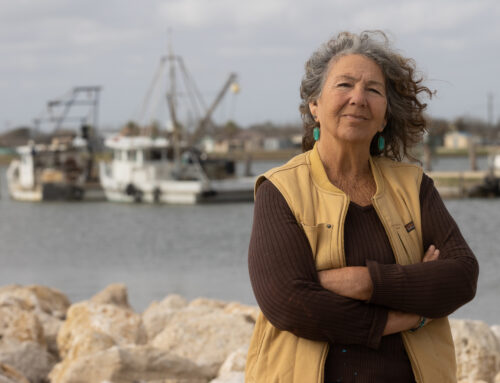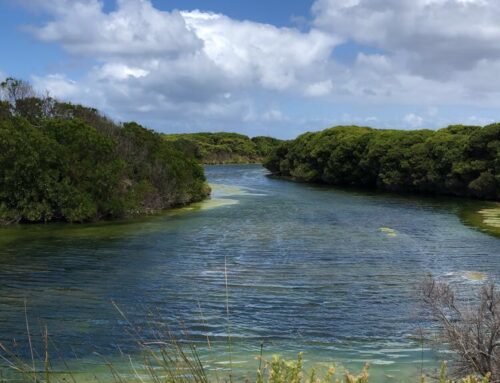This article, written by Katherine Rapin, explores the work of various organizations dedicated to restoring freshwater ecosystems through the reintroduction of bivalves (oysters and mussels) and aquatic plant species. These organisms improve water quality in numerous ways including nutrient cycling, acting as carbon sinks, and holding sediment together. Rapin highlights the work of Danielle Kreeger, the science director of the Partnership for the Delaware Estuary, which oversees a freshwater mussel hatchery in the Philadelphia area. One important dimension of reintroduction work is retaining the genetic diversity of wild populations, while also not introducing any diseases. Kreeger mentions the work her team is conducting on biosecurity to ensure the safety of bivalve populations. As well, experts emphasize how reintroduction measures must be conducted in conjunction with other frameworks to decrease contaminants, especially the addition of excess nutrients in these waterways. According to Kelly Somers, the senior watershed coordinator of the EPA’s Mid-Atlantic Region, in recent years, there have been discoveries of healthy seagrass beds along the Delaware River which are signifiers of improved water quality. Through decades of aquatic plant work, scientists attribute the growth of these populations to nature’s own capabilities in self-restoration and reductions in excess nutrients.
Photo Credit: Katherine Rapin







